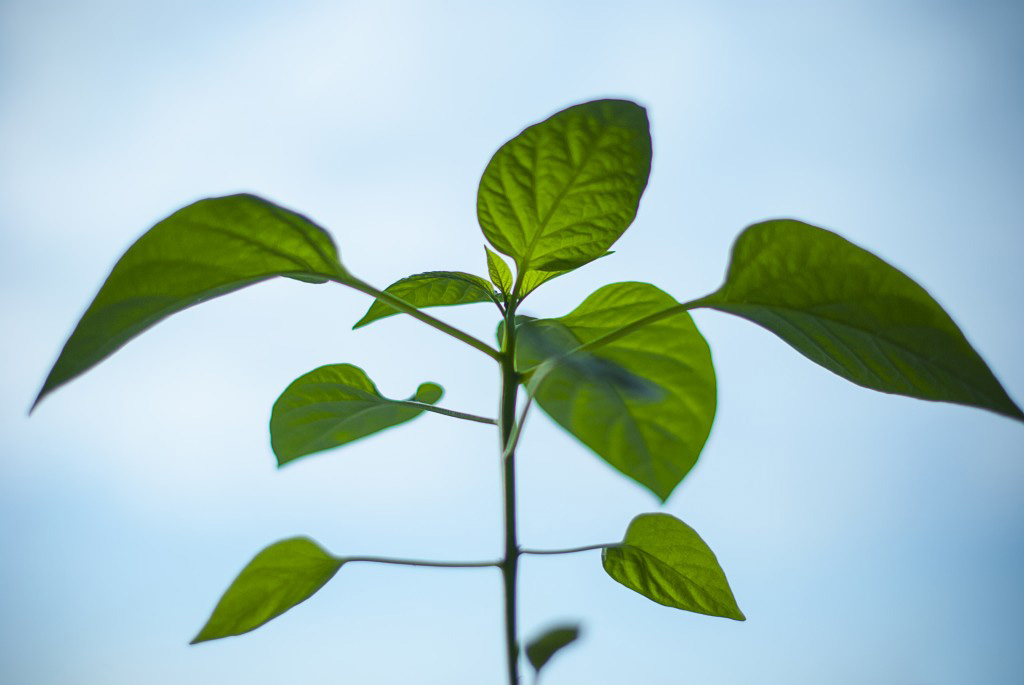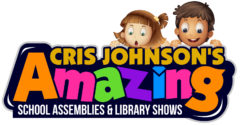
Why Should We Teach Children About Pollution?
A big topic for schools to cover today is pollution. Because our health and welfare is directly related to the status of the environment, it is important to teach kids about the pollution and it’s effects on the world around them.
During the past hundred years, the world has changed in many ways due to new technologies and industrialization. While these changes have improved the quality of life for many, other changes have affected peoples health in a negative way. Children need to be able to identify the types of pollution, the sources of pollution and how they can protect the environment from further pollutants.
Increased CO2 in the atmosphere leads to smog. Because of an increase in smog, the amount of sunlight reaching earth is restricted, which causes a disruption in the process of photosynthesis in plants. The emission of greenhouse gasses, like Co2, leads to global warming, which causes the polar ice caps to melt as a result. This poses a danger to people living in coastal areas because of the rise in water level. Other gases, like sulfur dioxide and nitrogen oxide cause acid rain. Chemicals, like chlorofluorocarbons, released into the atmosphere contribute to the depletion of the Ozone layer. As a result of increased chemicals and gasses, soil can become infertile. This, along with a decrease in sunlight, causes plants to not grow properly.
As the future of humanity, it is important to plant seeds of information about pollution while children are young. One of them may create the next new environmentally friendly device or system. Getting children interested in the environment will cause them to be environmentally conscious adults.
Cris’s Pollution Solution program is the ultimate Ecology and Conservation Assembly Program, teaching students the importance of the environment and what they can do to improve the condition of the environment.
Key Learning Points include:
- Conservation and why it matters
- What kids can do starting TODAY to protect the earth while at home and in school
- How people, animals, and EVERY living thing benefits from a cleaner environment
- The causes of air, land, and water pollution
- Identifying trash vs. recyclables
- How to use the 3 R’s (Reduce, Reuse, Recycle)!
- Salt water vs. Fresh water
- Tiny changes to implement now


